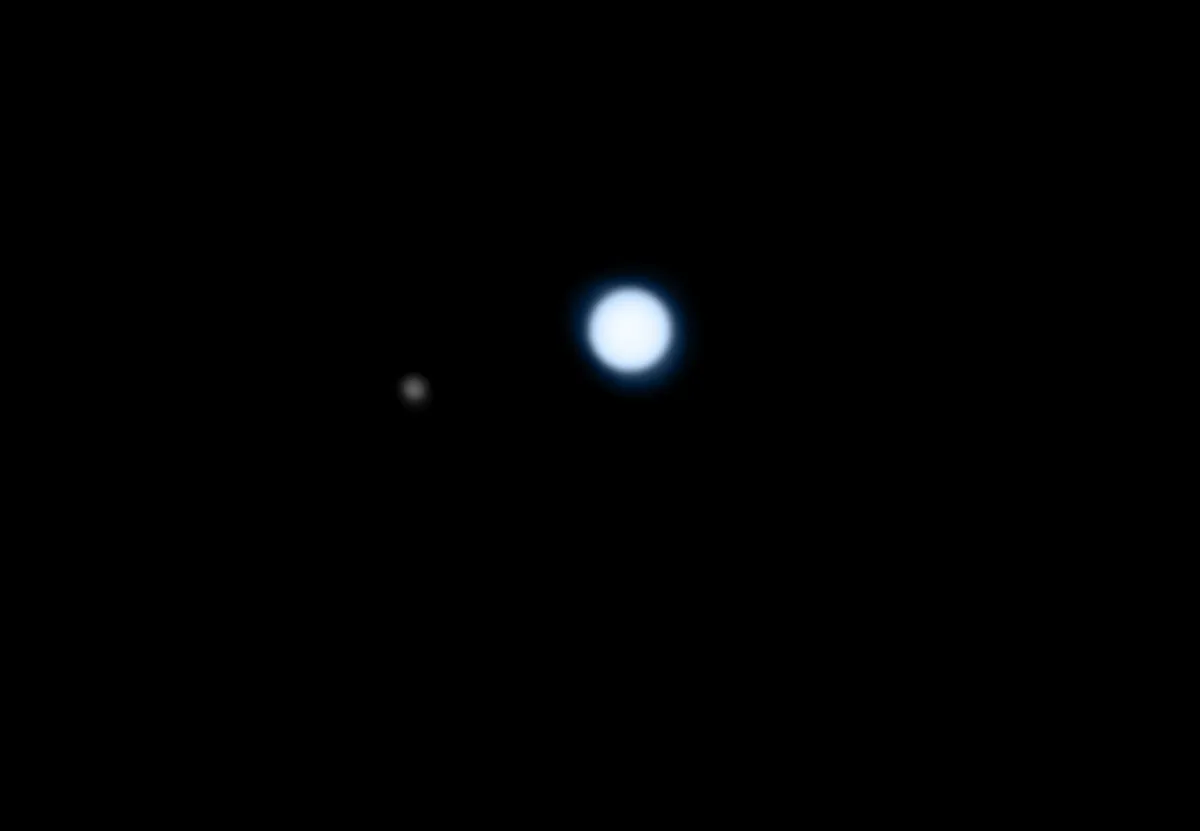Neptune is the Solar System’s most distant planet and one that poses a bit of a challenge for amateur kit, but October 2024 is a good time to attempt observation.
Taking 165 years to travel once around its orbit, Neptune is not a fast mover against the background stars.
In October 2024, Neptune is located in a barren batch of sky just southeast of the faint Circlet asterism in Pisces.
As a rough guide, it’s currently approximately mid-way between mag. +4.5 Lambda (λ) Piscium and mag. +4.3 30 Piscium.
Observing Neptune this month
- Best time to see: 1 October, around midnight
- Altitude: 35°
- Location: Pisces
- Direction: South
- Features: Colour, Triton, subtle banding through larger instruments
- Recommended equipment: 200mm scope or larger

Observing Neptune in October 2024
Neptune tracks from a position 1.7° east-northeast of mag. +5.5 20 Piscium on 1 October to end the month 1° east-northeast of the same star.
Over this time, the planet’s magnitude remains at a dim +7.8, making it, in theory at least, the only main planet that requires optical aid to see.
Binoculars will show it as a faint star-like point, but you’ll need the extra light-gathering power of a telescope to show its characteristically blue colour.

Seeing detail within Neptune’s atmosphere can only be achieved with large apertures and lucky imaging.
Typically, the results may show banding, but features such as bright storms have been recorded by amateurs in the past.
The planet’s largest moon Triton is surprisingly easy to capture with modest equipment. Triton shines around mag. +13.4 during October.

Good seeing is needed for this and Neptune appears at its best from the UK when due south, when it reaches 35° altitude.
It does this under dark-sky conditions all month long.
On the evening of 15 October 2024, Neptune lies 1.4° west of the centre of the 95%-lit waxing Moon as darkness falls.
If you observe or photograph Neptune this month, share your observations and images with us by emailing contactus@skyatnightmagazine.com.
This guide appeared in the October 2024 issue of BBC Sky at Night Magazine

